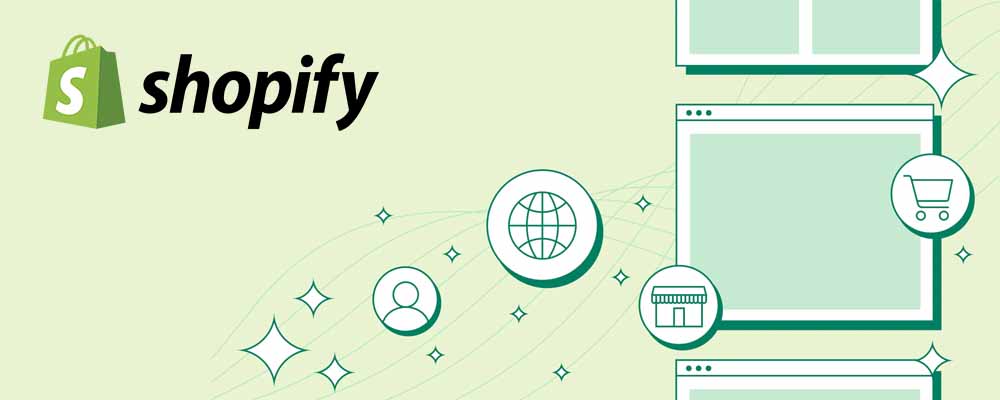
While digital has progressed gradually over the previous decade, the last three years have seen a paradigm change. Extended lockdowns drove many customers online, where they developed a sense of security and established new expectations, irreversibly altering their buying behaviours.
By examining recent data and a plethora of new ecommerce experiences, we emphasise the evolution of eCommerce and forecast the ecommerce web design trends for 2022.
By examining some of the most cutting-edge eCommerce web designs and tactics, you may enhance the way your own online experience connects with clients and evolves over time.
This is an obvious one, Buy Now, Pay Later (BNPL)
Merchants expect to boost their digital payment choices by 38 percent by 2021, according to a survey. This movement is expected to intensify in 2022, when 53 percent of businesses anticipate accepting additional digital payment choices throughout the course of the year.
44% of Gen Z and 37% of millennials expected to make a BNPL payment in 2022, compared to 23% of Gen X and 9.4% of baby boomers. Younger shoppers appreciate the flexibility of BNPL.
- Nearly 60% of retailers said they will accept digital wallets in the future.
- In 2022, 65% of merchants intend to implement purchase now, pay later functionality.
- 60% of those surveyed want to accept QR code payments.
- Over 50% will begin accepting digital invoices.
Menus that are vertically positioned
For decades, everyone has relied on a horizontal menu as the primary navigation option on their websites. In recent years, however, this has changed dramatically, with an astounding 68 percent of consumers seeing websites using their mobile phones. You may have noticed an increase in the number of ecommerce websites that feature menus that are vertically positioned.
Through the use of unorthodox layouts, industry-leading firms are breaking the paradigm in order to provide their clients with exciting new experiences. When properly implemented, they lead to much higher engagement rates, longer sessions, and a stronger sense of brand connection.
Less is more
You’ve probably heard the expression “less is more.” A minimalist design helps a website to highlight its items more effectively without being distracted by other elements of the site. Designing using a minimalist aesthetic enables your items to speak for themselves. Consider the elegance of Apple product imagery and the straightforwardness of Google product ads. White space that has been purposefully overabundant. Colors that are flat and neutral.
On the other hand, the embracing of minimalism in a user experience tries to simplify user encounters in a more digestible linear trajectory. It gives the brand the ability to direct the narrative, much to how a museum is curated to follow a set flow. It is more difficult to concentrate on one piece of artwork when there is a lot of vacant space on the wall. A streamlined user experience is a breath of fresh air in the face of ‘option overload,’ which is a symptom prominent in websites that have crammed navigation menus, complicated nested dropdown menus, and an excessive number of call-to-actions on their pages.
Virtual Reality and 3D Modelling
Companies have been able to significantly improve how they exhibit their goods as a result of technological advancements such as virtual reality (VR).
Particularly for eCommerce items that are new or one-of-a-kind, marketers may make use of 3D modelling and films to demonstrate the differences in the way their product is built or the extra functionality that other brands do not provide. Despite the fact that it may be a more expensive way to choose, it will instantly elevate your range of items beyond the competition in terms of originality and class.
3D is an excellent technique to generate excitement and wonder around your business, particularly if your company is technologically advanced, edgy, or contemporary.
Lazy Loading
Lazy loading is a practical approach that will continue to be used far beyond 2022. Increasingly, websites are storing more material, including additional effects, graphics, and interfaces with third-party services, making it even more critical to employ development techniques that do not degrade the website user experience.
Lazy loading is not necessarily a new concept, but it is growing more popular as time goes on. In addition, extended one-page social networking and eCommerce applications that leverage infinite scroll, such as Facebook, Instagram, and ASOS, have become popular with users.
It guarantees that the web browser will prioritise downloading the stuff you see on the screen, rather than wasting server resources and time loading offscreen content that isn’t yet necessary.
According to research on website scroll depth, many website users do not make it all the way to the bottom of a webpage. So what’s the point of loading that stuff and increasing site load times?




